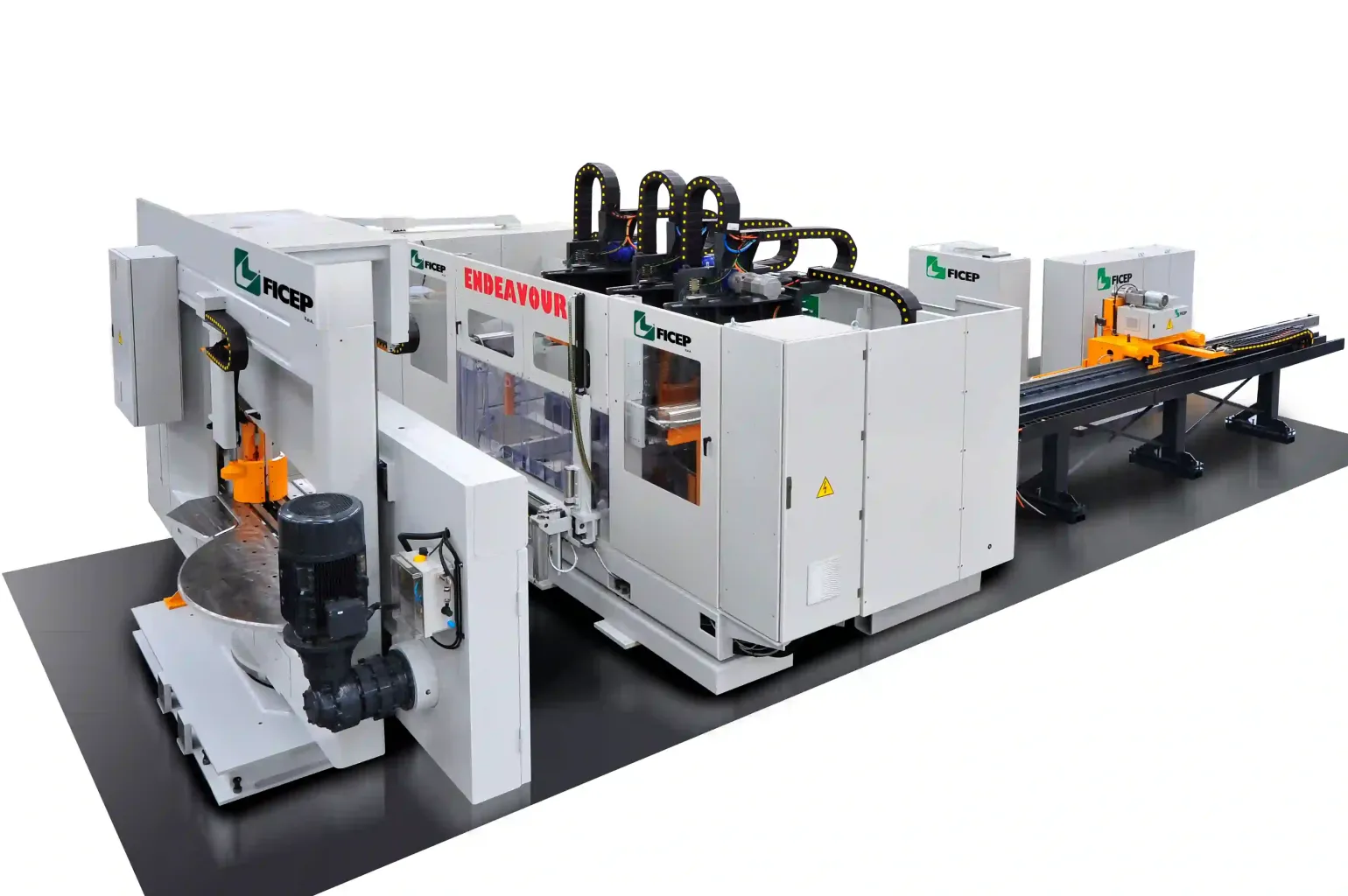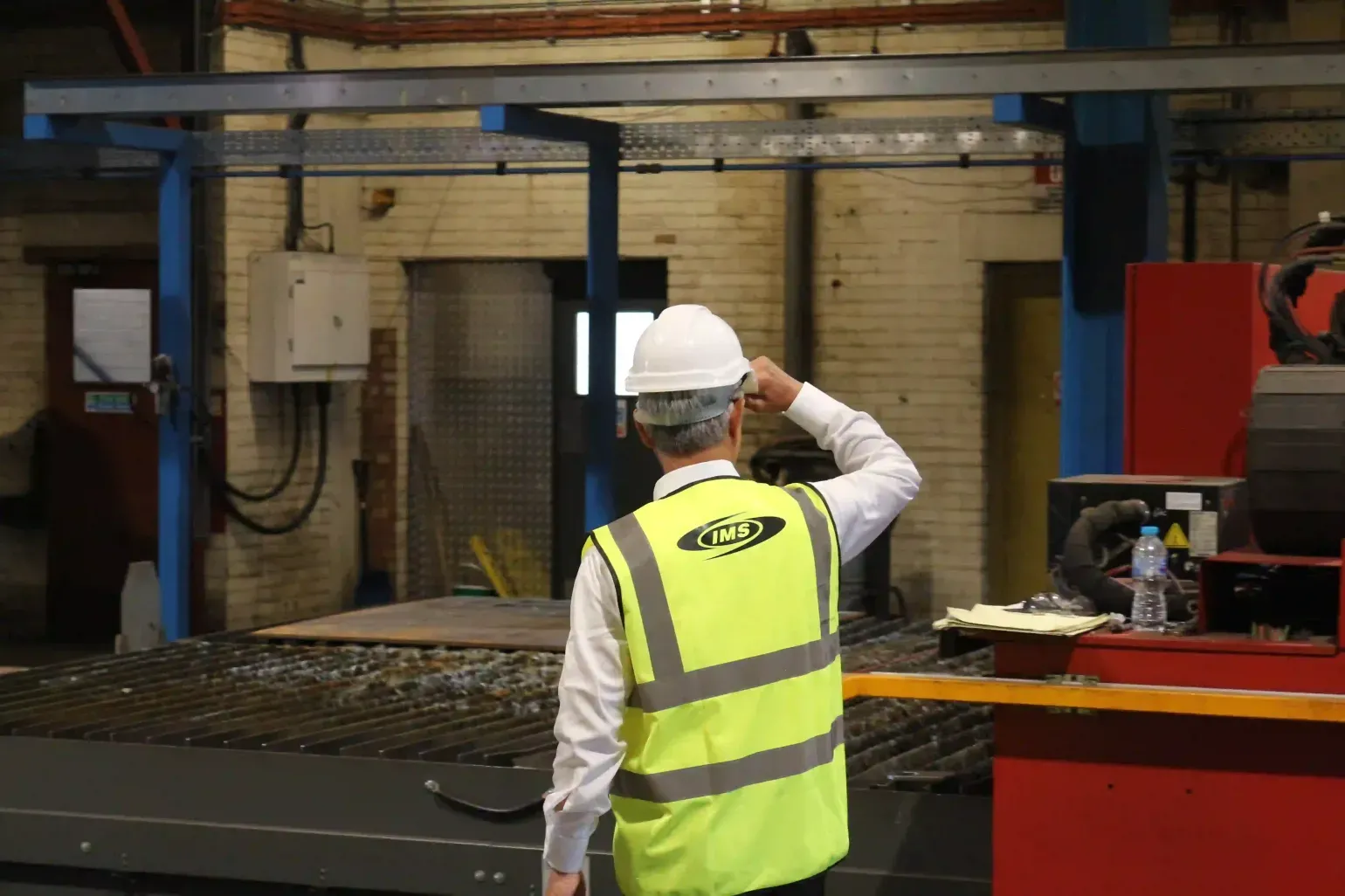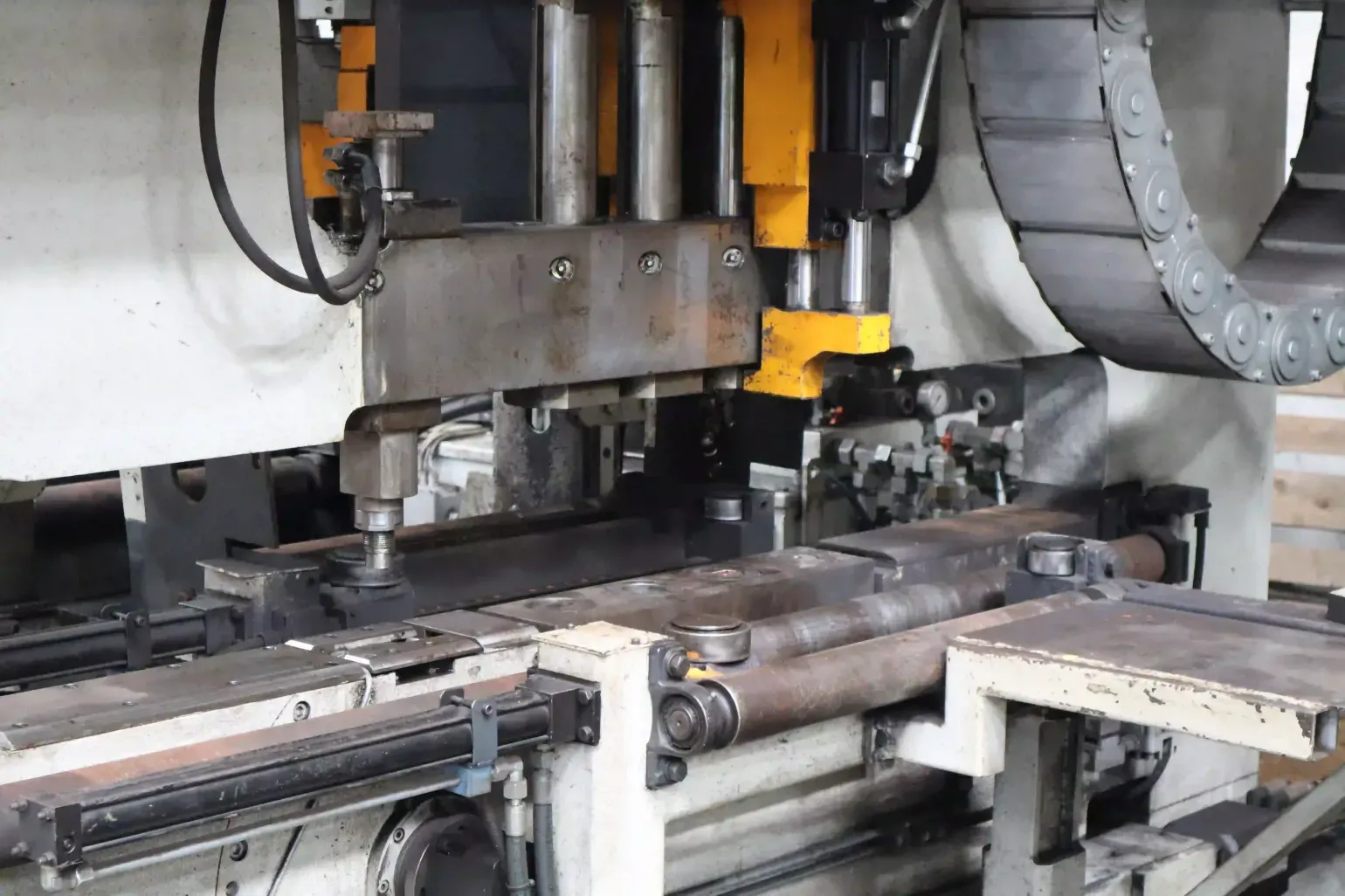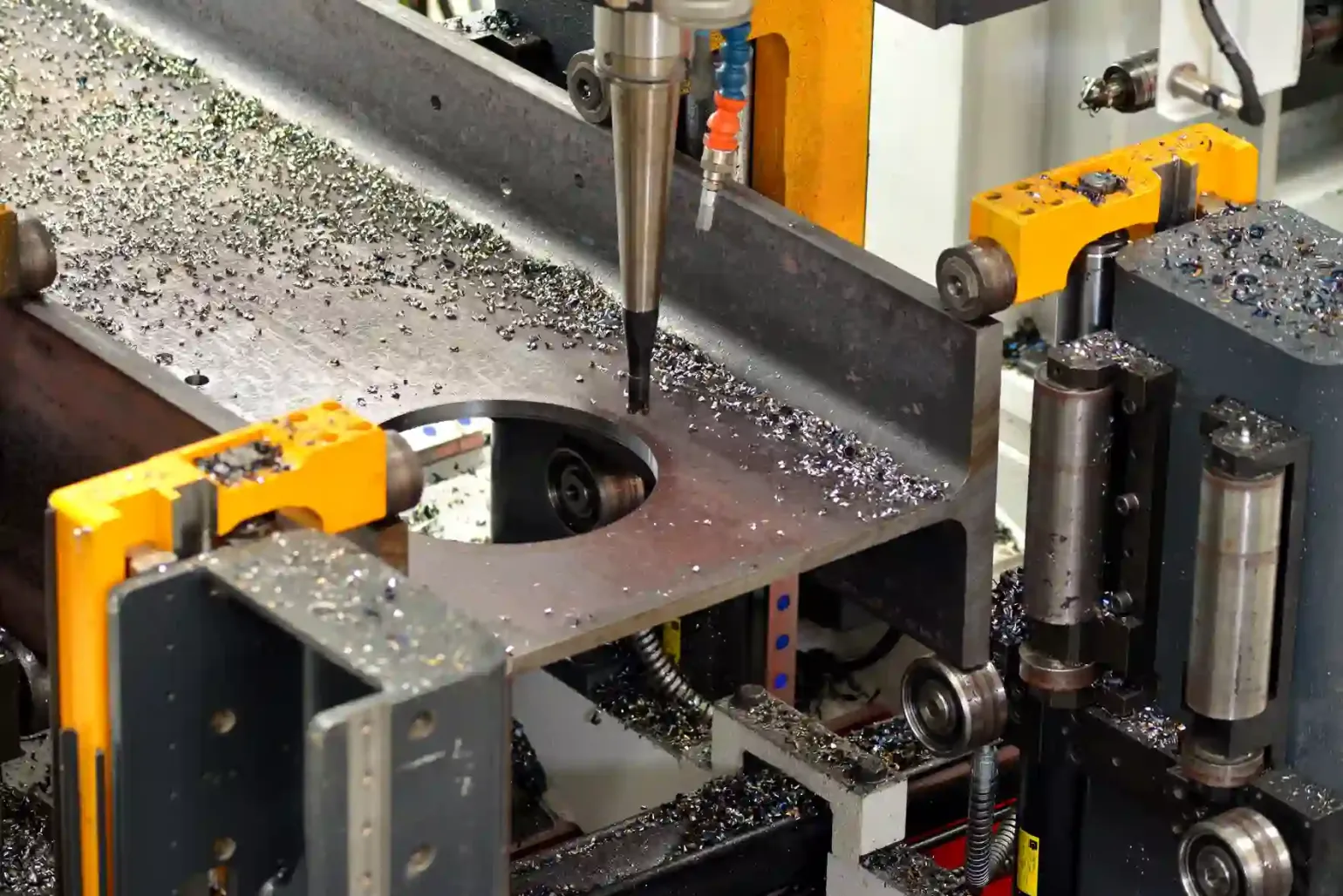Mastering the Art of Drilling Steel: A Comprehensive Guide
If you’re planning on working on one or more projects that use metal pieces, there may come a time when you need to drill into them. Given metal’s harder composition, it’s not easy to drill a hole that’s precise and clean the way you would when drilling through wood or masonry. So, how do you drill through steel correctly? Our comprehensive guide answers this question and offers helpful advice regarding safety precautions, preparation for drilling, and much more.
![Equipment and tools required
Thick steel’s density and durability creates various difficulties when you try to drill through it. To do it correctly, you need special equipment and tools, faster drilling speeds, more torque, and specialised drill bits. Let’s take a closer look at what you need:
A powerful drill machine: Using one of the best drills for drilling steel is essential. Choose a machine with high torque, adjustable speed settings, and a solid build that can withstand the difficulties of metalworking.
High-quality drill bits: Ensure you purchase high-quality drill bits that are made for drilling stainless steel and other metals. The best drill bits are made from cobalt, high-speed steel (HSS), or carbide, as they offer superior durability and heat resistance.
Coolants and lubricants: It’s important that you use lubricants and coolants to reduce heat build-up and increase your drill bits’ lifespan when you drill into hardened steel. Cutting fluids can dissipate heat and reduce friction significantly. Cutting oil and tapping oil are two examples of coolants and lubricants that you can use.]()
Equipment and tools required
Thick steel’s density and durability creates various difficulties when you try to drill through it. To do it correctly, you need special equipment and tools, faster drilling speeds, more torque, and specialised drill bits. Let’s take a closer look at what you need:
- A powerful drill machine: Using one of the best drills for drilling steel is essential. Choose a machine with high torque, adjustable speed settings, and a solid build that can withstand the difficulties of metalworking.
- High-quality drill bits: Ensure you purchase high-quality drill bits that are made for drilling stainless steel and other metals. The best drill bits are made from cobalt, high-speed steel (HSS), or carbide, as they offer superior durability and heat resistance.
- Coolants and lubricants: It’s important that you use lubricants and coolants to reduce heat build-up and increase your drill bits’ lifespan when you drill into hardened steel. Cutting fluids can dissipate heat and reduce friction significantly. Cutting oil and tapping oil are two examples of coolants and lubricants that you can use.
![Safety precautions
Whether you’re going to be drilling stainless steel or another metal, safety must come first. Ensure you follow these basic safety precautions:
Protect your eyes and ears: Use safety goggles or a face shield to protect your eyes from metal shavings and other particles. Use earmuffs or earplugs to reduce the dangers associated with noise.
Respiratory protection: Use a mask or respirator to prevent dust and tiny particles produced during the drilling process from entering your lungs.
Hair and clothing safety: Long hair, loose clothing, and gloves can get caught or wrap around the drill bit as it spins, which could cause serious injury. Keep long hair tied back securely and avoid wearing loose clothing or clothing with hanging parts when drilling.]()
Safety precautions
Whether you’re going to be drilling stainless steel or another metal, safety must come first. Ensure you follow these basic safety precautions:
- Protect your eyes and ears: Use safety goggles or a face shield to protect your eyes from metal shavings and other particles. Use earmuffs or earplugs to reduce the dangers associated with noise.
- Respiratory protection: Use a mask or respirator to prevent dust and tiny particles produced during the drilling process from entering your lungs.
- Hair and clothing safety: Long hair, loose clothing, and gloves can get caught or wrap around the drill bit as it spins, which could cause serious injury. Keep long hair tied back securely and avoid wearing loose clothing or clothing with hanging parts when drilling.







